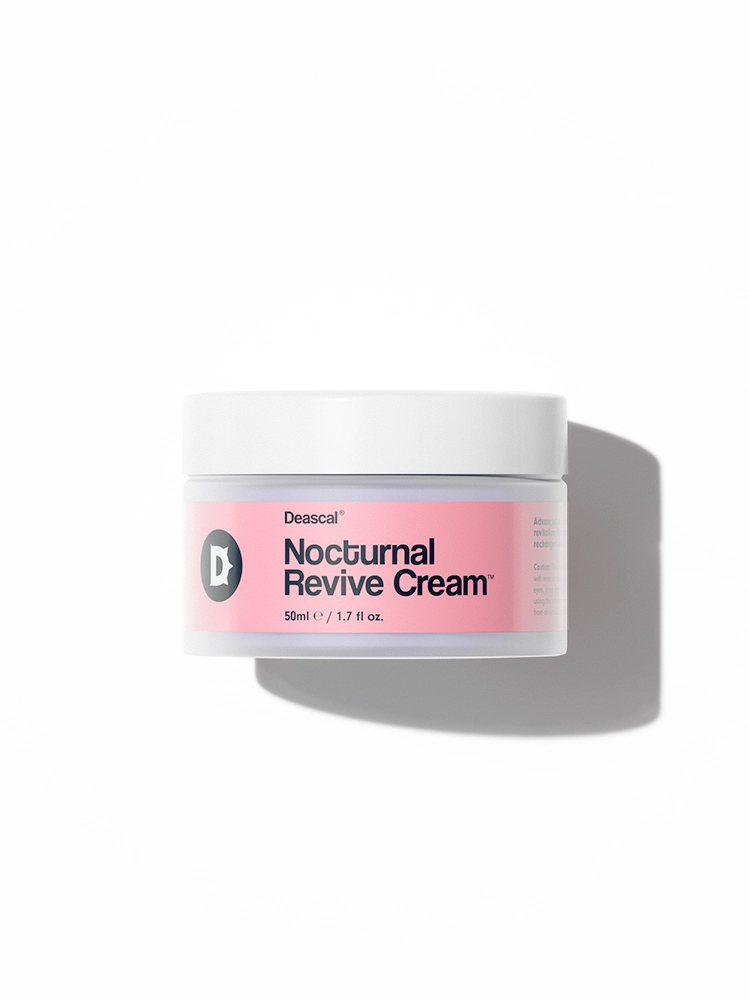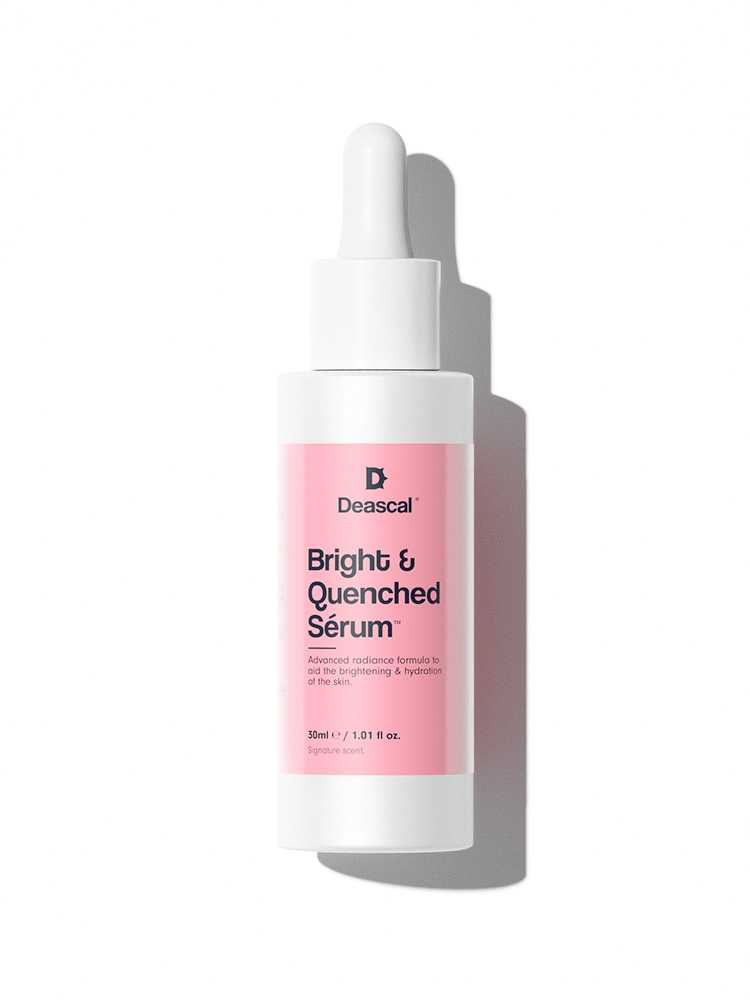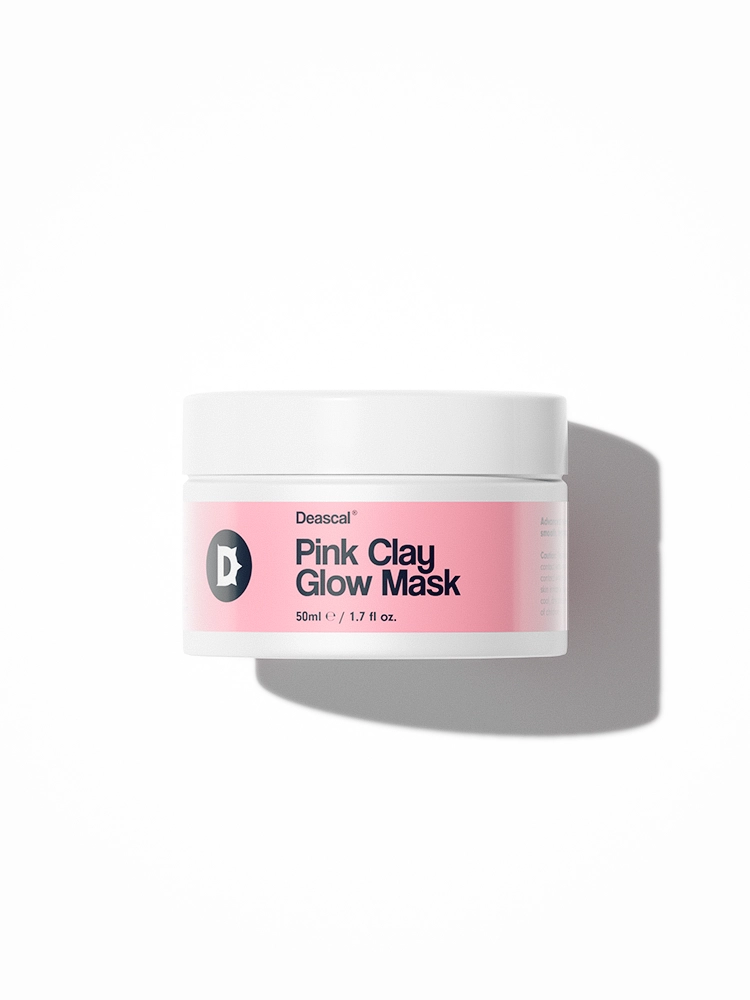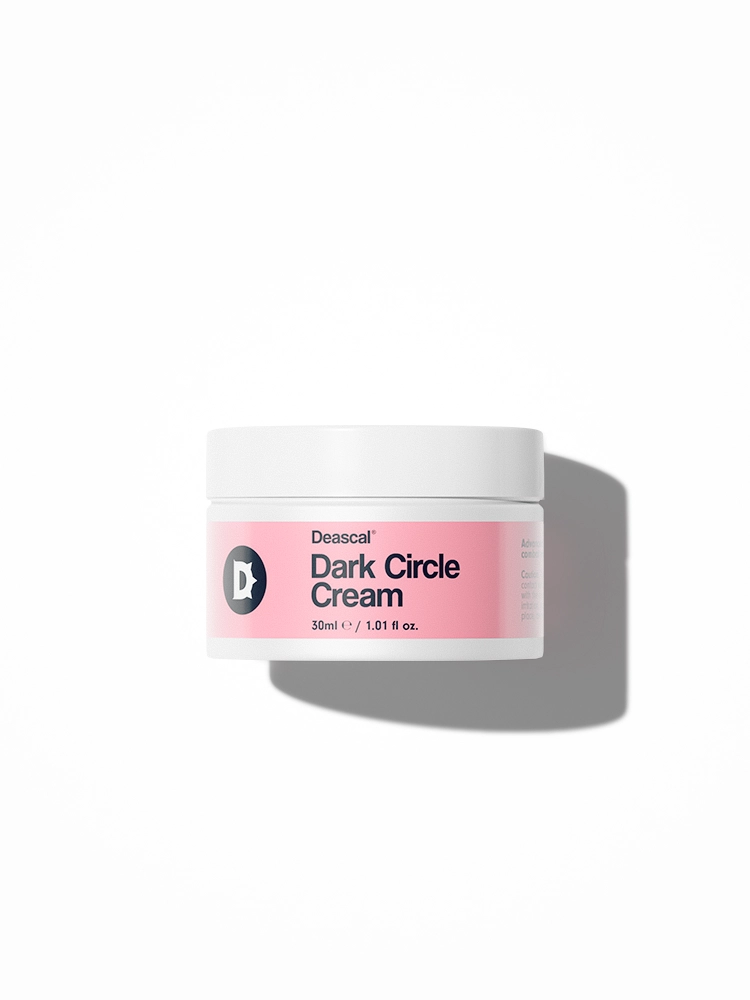What Is Ethanolamine Thioglycolate?
Ethanolamine Thioglycolate, also known as (2-Hydroxyethyl)ammonium mercaptoacetate, is a versatile ingredient commonly found in various cosmetic products. This compound is a derivative of thioglycolic acid and ethanolamine, combining the properties of both to create a potent agent used primarily in hair care formulations. Its chemical composition includes a thiol group, which is known for its strong reducing properties, making it particularly effective in breaking down the disulfide bonds in hair.
The history of Ethanolamine Thioglycolate in cosmetics dates back to the mid-20th century when scientists were exploring new ways to alter hair structure safely and effectively. It quickly gained popularity for its ability to facilitate hair waving and straightening, offering a more manageable and long-lasting solution compared to traditional methods. Over the years, its use has expanded to include depilatory products, where it helps in the painless removal of unwanted hair.
The production of Ethanolamine Thioglycolate involves a chemical reaction between thioglycolic acid and ethanolamine. This process results in a stable compound that can be easily incorporated into various formulations. The ingredient is typically synthesized in controlled laboratory settings to ensure purity and efficacy, making it a reliable choice for cosmetic manufacturers.
The Benefits/Uses of Ethanolamine Thioglycolate
In this section, we will delve into the officially recognized cosmetic benefits and uses of Ethanolamine Thioglycolate:
Depilatory
Ethanolamine Thioglycolate is commonly used in depilatory products, which are designed to remove unwanted hair. This ingredient works by breaking down the protein structure of the hair, making it weak and easy to wipe away. This means you can achieve smooth, hair-free skin without the need for shaving or waxing, which can sometimes be harsh on the skin.
Hair Waving or Straightening
Another significant use of Ethanolamine Thioglycolate is in hair waving or straightening treatments. It acts as a reducing agent that breaks the disulfide bonds in the hair’s keratin structure. This allows the hair to be reshaped into curls or straightened, depending on the desired style. So, whether you’re looking to achieve bouncy curls or sleek, straight locks, this ingredient can help you get there.
Reducing
In a broader sense, Ethanolamine Thioglycolate functions as a reducing agent in various cosmetic formulations. This means it helps to break down certain chemical bonds, making it easier to alter the structure of hair or other keratin-based materials. This property is particularly useful in both depilatory and hair waving/straightening products, as it facilitates the transformation of the hair’s natural state.
Note: the listed benefits above are exclusively based on the officially recognized and defined functions of the ingredient, as documented by the International Nomenclature of Cosmetic Ingredients (INCI).
Potential Side Effects & Other Considerations
Ethanolamine Thioglycolate, while effective in its designated functions, does come with potential side effects and considerations that users should be aware of:
- Skin irritation
- Allergic reactions
- Redness and inflammation
- Dryness or flakiness
- Burning or stinging sensation
Regarding individuals who are pregnant or breastfeeding, data and research on the topical usage of Ethanolamine Thioglycolate during pregnancy are lacking. Therefore, it is advisable for these individuals to consult a healthcare professional for further advice before using products containing this ingredient.
Side effects and adverse reactions from Ethanolamine Thioglycolate are relatively uncommon, but they can occur. It is recommended to perform a patch test before widespread usage to ensure there are no adverse reactions.
On the comedogenicity scale, Ethanolamine Thioglycolate scores a 2, meaning it has a low to moderate potential to clog pores. For individuals prone to acne, blemishes, or breakouts, this means that while the risk is not high, there is still a possibility of pore-clogging, and they should monitor their skin’s response when using products containing this ingredient.




